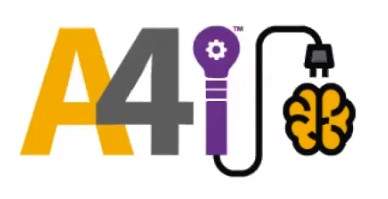What is the Collaborative?
Twelve (12) counties and two (2) cities across California have joined together to learn and implementinnovative technologies as a team. Cities/counties can join the project by submitting a proposal to the OAC*. Once approved, they enterthe collaborative by contracting with CalMHSA*. Participation may change over time based on the counties that engage with the collaborative. Forexample, Inyo transitioned out of the collaborative due to internal resource capacity. Kern and Modoccompleted their projects in 2021. Some decisions are made individually by the cities and counties. Somedecisions are made overall by the collaborative.
Who are the products for?
These technology tools are not intended to meet the needs of every consumer every time. We are always focused on protecting the people who are using these tools. Help@Hand is about person-centered care. Each individual should decide if they want to use the apps or not. We support their right to make that decision.
This project looks at three areas of technology: 24/7 Peer Chat, Digital Therapy Avatar* (Interact with a chatbot or avatar for support), and Digital Phenotyping* (monitor wellbeing from passive data collected from digital devices, like a smartphone, to provide a user and clinician with feedback).
What has the project done to cover consumer safety?
All apps involved in the Help@Hand Project will include accessible language that informs consumers on risks and limitations of the products, as well as what will happen in a crisis.
The Mental Health Services Oversight and Accountability Commission speaks about Innovation saying, “it provides the opportunity to develop & test new, unproven mental health models that have the potential to become tomorrow’s best practices.” This is important because it helps us remember innovation is not intended to be a proven solution or approach. There will be learning, there will be challenges, and there will be problem solving.
Where does the project funding come from?
Help@Hand is funded by MHSA dollars through California’s Proposition 63.
As noted in their publicly available MHSA plans, cities and counties allocate funds toward the Help@Hand project. The funds are administered by CalMHSA on behalf of the collaborative.
How are Peers and Stakeholders included?
For the Help@Hand Project, our working definition of a Peer is: Someone who publicly self-identifies with having personal lived experience of a mental health/co-occurring issue accompanied by the experience of recovery and is trained to use that experience to support the people we serve.
Help@Hand is proud to partner with a CalMHSA Peer Program Coordinator who works diligently to ensure the Peer perspective is integrated throughout the project.
Many cities and counties involved with Help@Hand also have dedicated Peer representation.
Peers are involved in activities like product exploration, evaluation, marketing, outreach, and engagement.
Stakeholders have multiple ways to provide input on the project. To get more information about stakeholder input for a specific city or county, please contact that location’s department of behavioral health.
How does the project address privacy and security issues?
There is a lot to consider for Privacy and Security when it comes to technology. Here are some considerations on this topic as it relates to this project:
The user’s data is protected. Tech companies will have the data and may use it to improve the app, but they cannot sell it or trade it.
Technology that collects and/or stores PII or PHI will be HIPAA compliant.
Technology that does not collect your data are not HIPAA compliant because they do not collect your data.
Many people already share personal data with their city/county. For example, data that is requested by some of the Help@Hand technology apps is very similar to the data that is collected for other county programs, such as CalFresh.
Program evaluators University of California Irvine may use data for learning purposes, but the data will not identify individuals by name.
More questions?
To submit a question to Help@Hand, please contact CalMHSA at [email protected].
